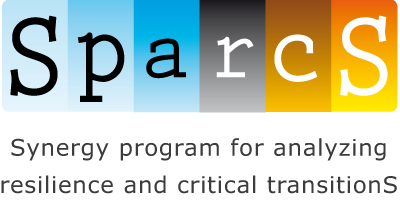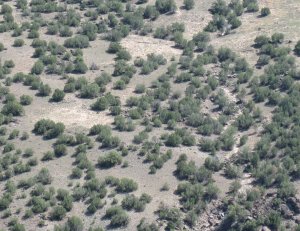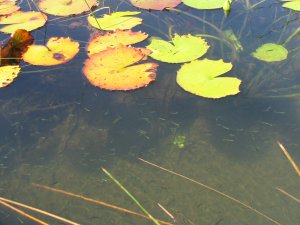forests
The natural distribution of forests on Earth is determined to a large extent by climate conditions. This implies that in the face of global climatic change large new areas will become suitable for forest, while at the same time extensive areas of existing forest may become unstable, in the sense that even in the absence of human pressures they may turn into savanna-like or treeless vegetation. It is becoming clear that in climate zones ranging from the boreal to the tropics such shifts can have the character of critical transitions between alternative stable states.
We work with Milena Holmgren, Terry Chapin and Marina Hirota to improve the our understanding of the mechanisms that regulate such stability properties. We also search for ways to determine the resilience of forests from remote sensing data.
shallow lakes
A particularly well studied example of alternative stable states is the development of submerged vegetation in turbid shallow lakes. Submerged plants can greatly reduce turbidity by a suit of mechanisms such as control of excessive phytoplankton development and prevention of wave resuspension of sediments. However, the submerged plants also need low turbidity in order to get sufficient light. As a consequence, there can be situations in which loss of vegetation leads to an increase of turbidity sufficient to prevent recolonization by submerged plants. Another marked shift in lakes happens if the phytoplankton community becomes dominated by cyanobacteria.
We have a long history of studying critical transitions in lakes. With Erik Jeppesen, Sarian Kosten and others we now analyze how the combination of pollution and climatic change affects the resilience of the different states of lakes. Also we study micro-ecosystems with plankton in the lab to test mathematical predictions on early warning signals.
coral reefs
Coral reefs are subject to a number of stressors ranging from increased temperatures, ocean acidification and pollution to overfishing. A massive shift from coral to an algal dominated state in the Caribbean in the 1980’s has invoked research on tipping points and resilience of coral reefs.
We work with Terry Hughes, Bob Steneck and others on understanding how different feedback mechanisms may interact to affect reef stability, and how spatial structure of the Great Barrier Reef and other reef systems affects overall resilience.




